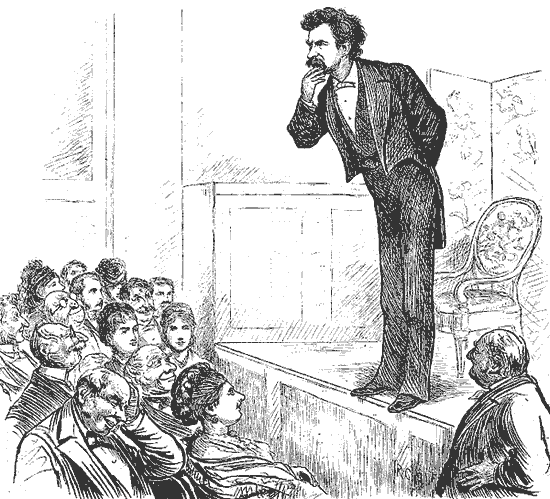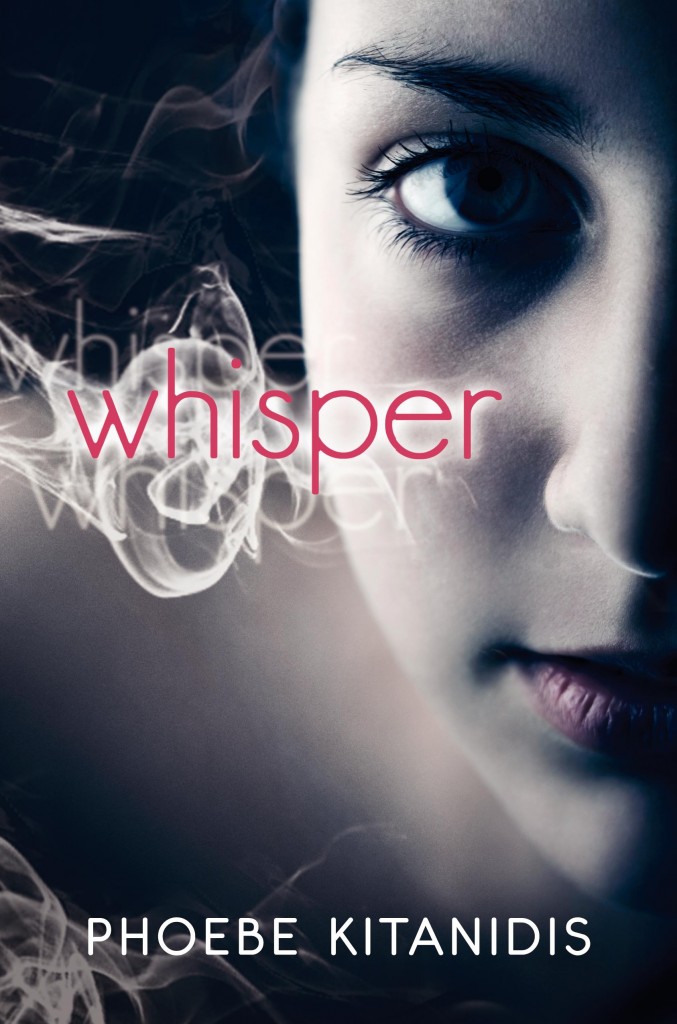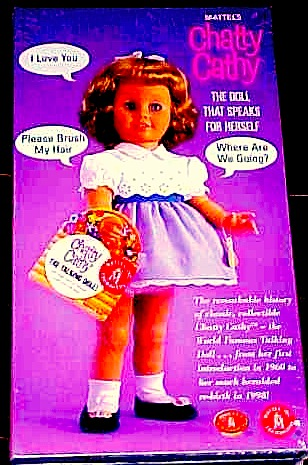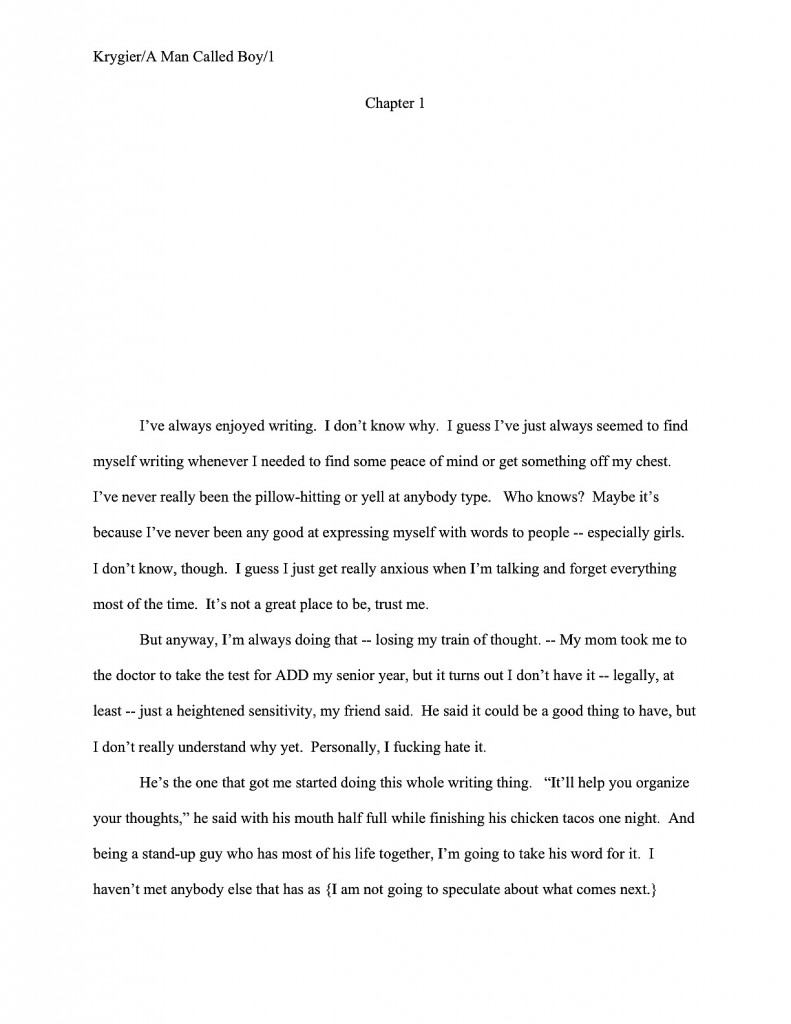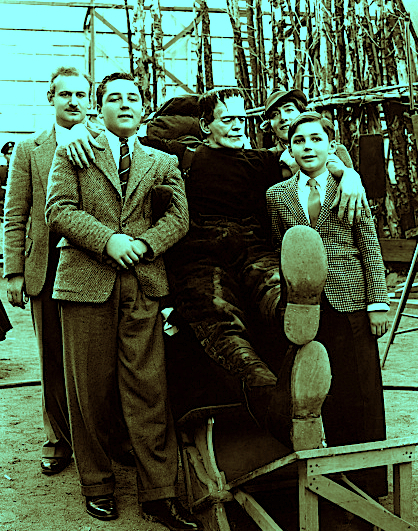
I’m not much given to double-takes, campers, but I must admit, I did a lulu when I spotted this sign standing by the side of a two-lane highway in unincorporated Neskowin, Oregon. To the casual observer, Neskowin is a blink-and-you-miss-it collection of buildings, but to the observant tourist, it is fraught with enigma: its population is 170, according to its ostensibly unofficially municipal website — a human density which renders the two golf courses located there, well, surprising. Who is playing golf in such high numbers that a lone course wasn’t deemed sufficient for local needs? Bears? Sea lions? Migratory Scots with an affection for Pacific Rim cuisine?
All of these legitimate wonders pale, however, next to the enigma of the Sanitary Author.
What makes him or her so darned clean, the passing motorist is left to speculate, and why is the population of Neskowin so proud of that particular resident’s hygiene habits that the non-city fathers saw fit to erect a sign to commemorate the SA’s immaculate practices? Did s/he win some sort of international award for cleanliness, a plaudit akin to the Nobel prize, in order to raise him or her so very high in the town’s esteem?
Not, obviously, as high as videos, coffee, or ice cream, but still, it’s more recognition than most authors get.
Does the SA reside in remote forest because such cleanly writing practices would not have been feasible within the confines of a large city like New York, Los Angeles, or even charming and nearby Portland? More importantly from the point of view of fellow authors, how does being so sanitary affect the quality of the SA’s writing — and if it has a net positive effect, should we all be beating a path to Oregon, demanding to follow in the SA’s spotless footsteps?
And should we be worried about all of the unsanitary authors running around out there?
Oh, I know what prosaic types out there are likely to tell me: since the period after AUTHOR would tend to indicate an abbreviation, this sign probably only refers to the local sanitary authority, the fine municipal employees who look after water quality and maintain the local sewer system. So much for impenetrable ambiguity, the literal would doubtless conclude. Just ignore that sasquatch strolling by; there’s nothing to see here.
But look closely at that sign: there’s a period after SANITARY, too. Complete words are seldom abbreviations, I find.
So the mystery continues. I shall make a valiant effort to wrest my mind away from the Sanitary Author and concentrate on the matter at hand: queries and the things that accompany them.
Oh, it’s no use: the image is burned into my brainpan. A psychologist friend of mine once told me that recent research demonstrates that the brain can respond as dramatically to recalled memories as to present life; sometimes, she says, the mind will experience flashbacks AS current events. I’m fascinated by this, not only as a memoirist (and yes, the memoir that was supposed to come out a few years ago is still tied up in legal knots; thanks for asking), but as a novelist.
The writer’s descent into a creative trance is one of the least-understood of human phenomena, isn’t it? Don’t know what I’m talking about? Ask your kith and kin what you’re like during periods of intensive writing.
Personally, when I’m in mid-chapter, I lose most of my sense of the passage of time. If my cats didn’t remind me occasionally that they do not possess opposable thumbs or the ability to open cabinets (well, okay, MOST cabinets), they would probably be forced to start nibbling on my toes under my desk to stave off imminent starvation.
I’m inclined to blame this on the way that the creative process colonizes the writer’s brain. The cats seem inclined to blame it on me, which I suppose amounts to more or less the same thing: if it can’t wait until I polish the scene in front of me to a high gloss, it’s probably not going to happen.
You may be unusually good at jumping back and forth between the creative and observational parts of your brain, but if you’re writing on a regular basis, I’m betting that those who have the good fortune to live and work with you have built up a stockpile of anecdotes about how you space out on the minutiae of quotidian life when you’re writing hard. Or — and I honestly am getting around to the point of our series again — when you are embroiled in sending out a flotilla of queries.
Oh, you thought you were the only one who spaced out? Far from it. Little things like laundry, taking vitamins, watering plants, and checking e-mail seem to slip unnoticed out of the working writers’ consciousness in the middle of a querying binge or writing jag — and don’t even get me started on how the amnesia about practicalities can intensify in the face of an imminent deadline or, heaven help us, immediately after an agent asks to see a partial or full manuscript.
(I’m going to be talking about those last two contingencies this weekend, by the way. Delving into the practicalities of submission seemed like a natural way to round out the ten days of Querypalooza.)
I suspect that this checking out from the everyday world is a necessary side effect of the alchemy of creation. Because, really, in order to render our characters’ lifeworlds gripping on the page, we writers have to create them in our minds every bit as vividly and in all of the detail of a vitally important memory. That’s a pretty absorbing task, isn’t it?
With a pretty gratifying payoff, potentially: if we do our job very well indeed, we might create a story, a situation, a character that seems to the reader to have stepped straight out of real life. Only better.
Is it that same is-it-real-or-is-it-Memorex trick of the brain, I wonder, that would allow a reader to fall in love with a character in a novel? As Mario Vargas Llosa wrote in THE PERPETUAL ORGY:
A handful of fictional characters have marked my life more profoundly than a great number of the flesh-and-blood beings I have known.
He’s talking about a literary orgy, incidentally, not a physical one: quite a lot of the book is about his passionate decades-long love affair with the entirely fictional Emma Bovary. And who can blame for falling in love with her, really? She’s a pretty absorbing character.
Do I sense those of you who intended to get queries and/or submissions out the door now that the annual post-Labor Day return of the publishing world to New York has arrived becoming a bit restless in the face of these musings? “I’m as fond of the creative haze as anyone else,” I hear some of you stalwart souls say, “but right now, most of my writing time is getting eaten up by the process of trying to find an agent. So if you don’t mind my asking, what does any of this have to do with the very practical concerns we’ve been discussing for the last week?”
A couple of things, actually. First, in the throes of agent-seeking, it can be pretty easy to forget that Millicent and others like her who screen queries actually are looking to fall in love with some writer’s work.
The querying hurdle is, at least in principle, set in place to maximize the probability of discovering the next Great American Novel — or memoir, or nonfiction book — by freeing agency staff from the necessity of reading pages from every ambitious soul currently writing in English. That way, the theory goes, Millicent can concentrate on deciding amongst the crème de la crème.
Your mind is still focused on the paragraph before last, isn’t it? Yes, you read that correctly: even the most virulent rejection-generator is usually eager to discover a novel that pulls him immediately into its lifeworld, or a memoir that wrings his heart, or the next Emma Bovary. I don’t think it’s at all coincidental that agents and editors so often describe their first responses to submissions in the language of attraction: you’re going to love this book, it’s a sexy topic, it didn’t grab me, I can’t get this book off my mind, I just didn’t fall in love with the protagonist.
Set those to music, and you’ve got a pop song. As hard as it may be to believe, Millicent is waiting to be swept off her feet.
Which is why, in case any of you fine souls out there have been wondering, I tend to discuss querying and submission in romantic terms: the query letter is a personal ad for your book; you want attract not just any agent, but the one that’s the best match for you and your work; the first page needs to seduce Millicent into wanting to read on; the chemistry between an agent and a book matters deeply. Ditto between a book and an editor. So in addition to everything else we writers are trying to create, our writing also need to inspire love.
The interminable and annoying querying/submission process sounds substantially more noble put that way, doesn’t it? Feel free to use this argument the next time some non-writer gapes at the amount of time you’ve invested in trying to land an agent; generating love can take some time.
My second reason for bringing up this high-falutin’ topic is, I’m afraid, disappointingly prosaic. I meant to begin this post by talking about SASEs (Self-Addressed Stamped Envelopes), and I seem to have gotten sidetracked.
I can only plead that I was absorbed in my writing. Excuse me a moment while I feel my languishing cats.
Or perhaps I zoned out because, let’s face it, SASEs are not the most thrilling of topics. But they are absolutely vital to discuss within the context of Querypalooza, because a mailed query unaccompanied by a SASE will get rejected automatically at virtually every U.S. agency. Almost invariably without being read.
And if Millicent doesn’t read your query, it’s literally impossible for her to decide to request your manuscript, and therefore impossible for her to fall in love with your writing. Which, in turn, renders it impossible for her boss, the agent, to fall in love with your writing, for the agent to convince an editor to fall in love with your writing, for the editor to convince an editorial committee to fall in love with your writing, and for the publishing house’s marketing department to convince readers to fall in love with your writing.
So omitting the SASE isn’t just a technical gaffe; it’s the catalyst in a tragic tale of lost love.
That’s the writer’s opportunity cost of neglecting to include a SASE in your query packet, but there are costs on the agency end as well. Think about it: having the SASE arrive in the same envelope with the query means that Millicent can grab either a form-letter rejection or please-send-us-pages note (oh, didn’t you realize that both were boilerplates?) the very instant after she makes up her mind which is appropriate.
It takes very little time, and the writers themselves are providing the resources. What’s not for the agency to like?
In fact, they like it so much that that most agencies have standing policies against SASE-free queries at all. Providing an envelope and a stamp to reject a single forgetful writer may seem like a negligible expense — but multiply it by the 800-1500 queries the average agency receives every week, and we’re talking about a considerable investment in writers whose work they’ve already decided not to represent.
So if you didn’t hear back on that last raft of queries — you know, the ones where you glibly told Millicent to contact you via e-mail if she wanted to see pages — that’s probably why.
Yes, in answer to what half of you just thought so loudly, answering your mailed query via e-mail would have been costly for the agency, too, although obvious, not as much so as hauling an envelope from the supply cabinet. The Millicent charged with opening all of those envelopes and scanning the paper queries would have to stop what she was doing, carry your query — and only yours — to a computer, open the agency’s e-mail server, type in a rejection (which would probably be identical to the form letter she’s been stuffing in SASEs all day), send it, then go back to work.
Multiply that by every querier who thinks he’s being clever, considerate, and/or paper-saving by insisting on this, and it would add up to a lot of unnecessarily expended energy over the course of a year. Far, far cheaper for the agency just to tell its Millicents to toss any query unaccompanied by a SASE into the recycling bin.
Although if she does decide to ask for pages, she will probably let you know via e-mail, rather than by sending a reply in the SASE you so thoughtfully provided. I like to think of this as the SASE Utility Paradox: the rejected writer must pay for the postage and envelope that carry the bad news; the accepted writer must offer the stamp and envelope as a sacrifice to the gods of querying.
Either way, you’re going to be buying some envelopes and stamps. (Don’t forget to keep receipts; if you file a Schedule C for your writing business, you may be able to deduct the cost of both as a promotional expense. Talk to a tax expert with experience handling writers’ returns — which I am not –before you deduct anything, however, because the IRS rules governing writers are both strange and different than those applicable to other kinds of artist.)
Believe it or not, part of the SASE’s original purpose was not just to save agencies the cost of postage, but to render the querying and submission processes cheaper for the writer: it was substantially less expensive than if the agencies sent back manuscripts with postage due. (Which used to be the alternative.) It was also intended to preserve copyright by allowing the writer ostensible control about whose grimy paws were on the manuscript when.
Writers tend to forget this in the cyber age, when huge chunks of writing can be transferred from one end of the planet to the other with the simple push of a button (yes, of course I know that the world is not as flat as that image implies. Don’t quibble at me now; I’m on a roll), but technically, in order to prove copyright over unpublished writing, the writer needs to know at all times where all the extant copies are, saying who can and cannot read it. Writing I post on this blog, for instance, is under my control, since I dictate where people can view it; I could disable RSS feeds, if I wanted. (Oh, the power! The power!) If I sent the same posts out via e-mail, they could end up anywhere, forwarded far beyond my knowledge.
That’s why, in case any of you had been wondering, writing posted online is technically published. It makes it easier for writers to prove that they were the original authors of their online work.
The control-who-reads-it doctrine still governs how agencies operate. When you send previously unpublished material off to an agency — to a credible one, anyway — you are both operating on the tacit assumption that no one on the other end will reproduce your work without your permission. You are not, in effect, authorizing them to show it to anyone else until you sign a contract that explicitly grants them the right to do so.
(Which means, by the way, that you should be very wary of an agent who implies, as some have been known to do in order to edge out the competition, that she has already shown submitted materials to an editor as an inducement for you to sign with her. Technically, she cannot market your writing to anyone until you give her explicit permission to do so — but a writer who has just won a literary contest and is juggling manuscript requests from several agents might not be aware of that.)
When you send a SASE with a submission, you are implicitly asserting your right to control where your work is sent next. It conveys an expectation that if they reject it, they will mail it back to you, rather than forwarding it to the kind of pirate press that is currently cranking out the 8th, 9th, and 10th installments in the Harry Potter series.
I hear the one in which Harry fights a dragon actually isn’t bad.
As I believe I have mentioned seventeen or eighteen hundred times before, this is a tradition-bound industry; it has historically been slow to change. No matter how good the logic against some of its long-held norms, this one did not change at all until there were some very tangible benefits on the agencies’ end to altering it.
For example, the anthrax scare convinced some agencies to accept e-mailed queries and submissions; prior to that, virtually none of them did. (Some still don’t; double-check before you press SEND.) And the post 9/11 requirement to tote heavy packages to the post office prompted some agencies to start recycling rejected manuscripts, rather than having the lowest intern on the totem pole wheel a paper-loaded dolly up out of the building.
But practice, most agencies still adhere to the old norms. Don’t believe me? Thumb through any of the standard agency guides, and count how many agencies mention that they recycle.
Spoiler alert: your thumb is probably going to get pretty tired before you find even one. Yes, even in 2010.
Like so many other aspects of the querying and submission process, at one time, the use of the SASE carried greater benefits to the writer than it does now, but time has hardened courtesies into demands, and habits into traditions. Today, if you do not include a SASE with your submission, you may well be perceived as thumbing your nose at the traditions of people you are trying to impress.
As satisfying as that may be, allow me to suggest that it might not be the best way to convince Millicent of your Socratic intellect and lamb-like willingness to take direction. So while my long-standing affection for writers, trees, and the printed pages both work to produce would LOVE to be able to say dispense with the SASE, it would not be in your best interest to fling away the old norms.
Knowing the likelihood of those norms changing anytime soon, I feel as though I should go off and plant a tree now. Or perhaps reread MADAME BOVARY. Instead, I’m going to be intensely practical for a few moments and tell you PRECISELY how to play the SASE game correctly.
When you send a paper query (as opposed to the e-mail variety), include a stamped (not metered envelope addressed to yourself. Do this EVERY time, regardless of whether the agency you’re querying actually asks for a SASE on its website or in its blurb in the standard agency guides.
If you are sending more than 4 pages of text along with your query — if the agent asked for an author bio, for instance, or a synopsis — make sure that the postage on your query’s SASE is sufficient to get all of those pages back to you. A #10 (business-size) envelope is the norm to accompany queries, and stamps are universally preferred over metered postage.
Since the agency will be popping the returned materials into the nearest mailbox, the stamps you use should be those currently in use in the AGENCY’s country of residence, not yours. This means that if you are submitting to a US-based agency or publishing house from outside the country, you will need to dig up some US stamps. Since foreign post offices often sell these at a considerable mark-up, you can save a lot of money if you buy the stamps directly from the US Postal Service online.
When you send requested materials via mail (again, as opposed to e-mail submissions), include in your submission packet an envelope or box addressed to yourself, along with sufficient postage for the safe return of EVERYTHING you have submitted. If you want to be really considerate, you may also include a #10 SASE, so the agent may contact you to ask for more pages, but in the age of e-mail and relatively inexpensive long-distance calling, that particular request is unlikely to come via regular mail.
Again, do this EVERY time, regardless of whether the agency (or publishing house) to whom you are submitting has actually asked for a SASE. Omit it only if the agency specifically asks in its guidelines that you not include it. (I know of only one agency that currently makes this request; need I remind you to read each and every agency’s submission guidelines, in case they differ?)
If the requested pages fit in a Manila envelope, it’s perfectly acceptable to fold a second one in half, stamp and address it, and tuck it in the submission packet. If you have been asked to send so many pages that you need to pack ‘em in a box, paper-clip a return mailing label and stamps to your cover letter, along with a polite request that the agent would affix both to the shipping box in the event of rejection.
You HAVE been sending cover letters with your submissions, right? Just sending a manuscript all by itself is considered a bit rude.
Relax, those of you who just clutched your chests: I’ll be talking about how to put together a cover letter for a submission packet as soon as I polish off this series on SASEs. Who knew there were so many different things that needed to go into a submission packet, eh?
Next time — that’s 10 a.m. PST tomorrow, for those of you keeping track — we’ll delve a bit deeper into the practicalities of submission. You wouldn’t want to be caught unprepared if your query is successful, would you? Keep up the good work!






 Like any other reader, individual agents have individual likes and dislikes. As a logical result, there is no such thing as a query letter that will please every agent currently in practice.
Like any other reader, individual agents have individual likes and dislikes. As a logical result, there is no such thing as a query letter that will please every agent currently in practice.










